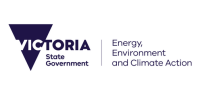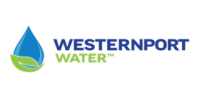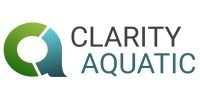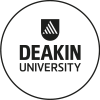FLOATING WETLANDS
Floating Wetlands as a Nature Based Solution to reduce Greenhouse Gas Emissions from Wastewater
Wastewater Treatment Plants (WWTPs) contribute significantly to anthropogenic greenhouse gas (GHG) emissions by releasing up to 10,000 tonnes CO2-equivalent per year. Besides carbon dioxide (CO2), sewage sludge treatments in WWTPs release methane (CH4) and nitrous oxide (N2O) – gases with 100-year global warming potentials 34 to 273 times greater than that of CO2. Our team is exploring new ways to reduce GHG emissions from WWTPs through the use of floating wetlands.
Background
Floating wetlands consist of buoyant structures supporting native wetland plants. By directly absorbing nutrients from the water column, floating wetlands act as biological filters to reduce nutrients and lower GHG emissions from wastewater lagoons. Floating wetlands are therefore a promising strategy to decrease the carbon footprint of WWTPs.
In collaboration with Westernport Water and Clarity Aquatic, we are developing new designs for floating wetlands to reduce nutrient loads and associated GHG emissions from WWTPs. The overall goal of this project is to establish new management strategies for climate change mitigation and engage with stakeholders to discuss incentives for greener practices.
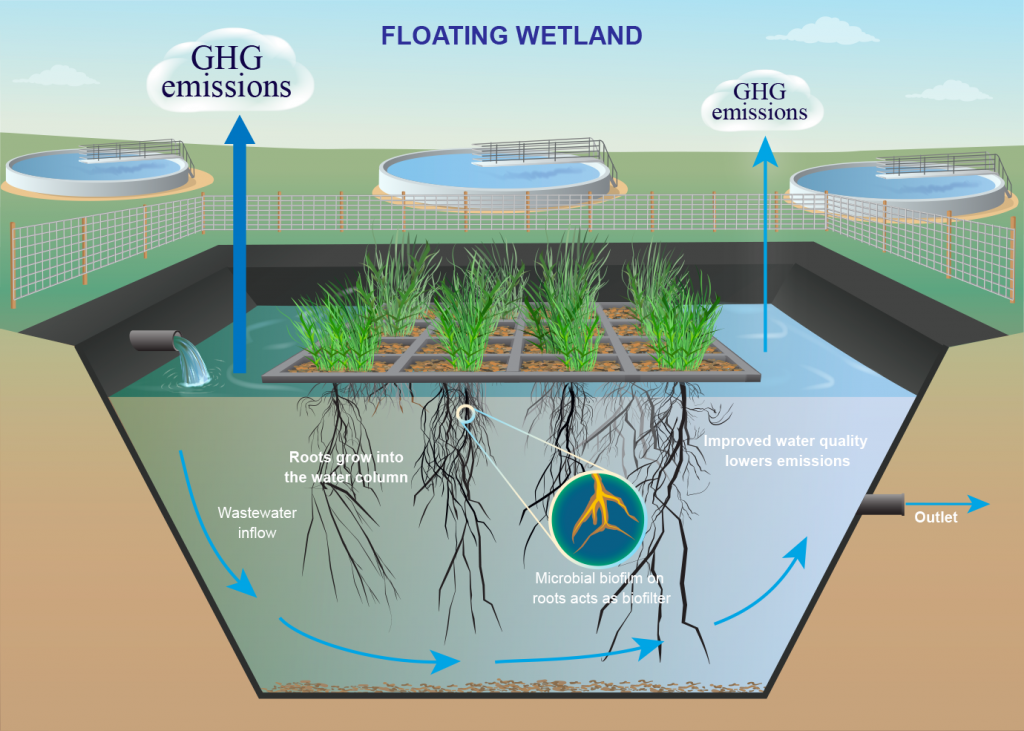
The efficacy of floating wetlands for nutrient removal
Floating wetlands are readily used to treat high-nutrient water bodies such as stormwater and wastewater. Our initial studies show that our prototype of floating wetlands can:
- Reduce total nitrogen and total phosphorus by 58% and 49%, respectively.
- Reduce GHG emissions by up to 50%
- Reduce the concentrations of toxic PFAS chemicals and other pollutants
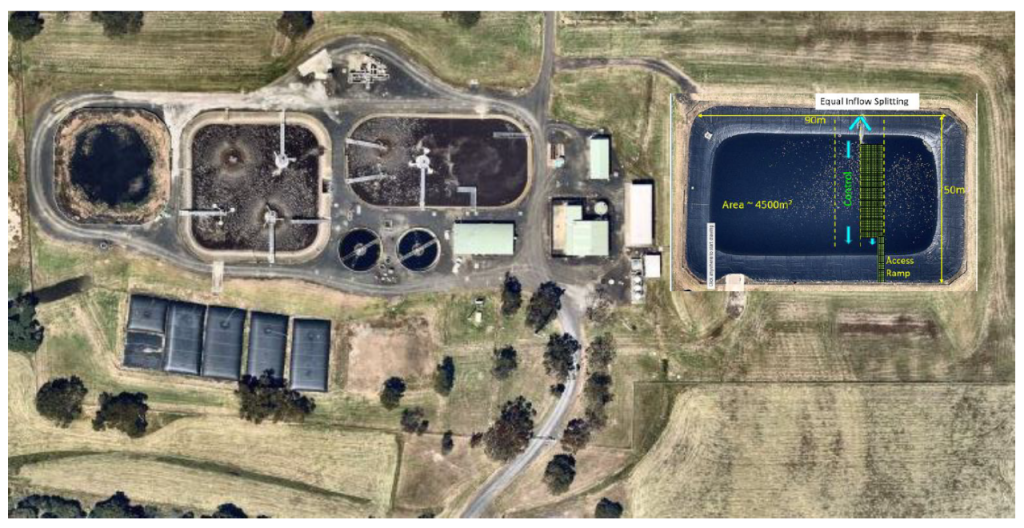
Funding & Program partners
This program is managed by Dr Lukas Schuster and Dr Martino Malerba from the Blue Carbon Lab.
The Australian Research Council funded this project through a DECRA fellowship awarded to Dr Malerba. Other partners include the Department of Energy, Environment and Climate Action, Westernport Water, Clarity Aquatic and Covey Associates PTY LTD.
